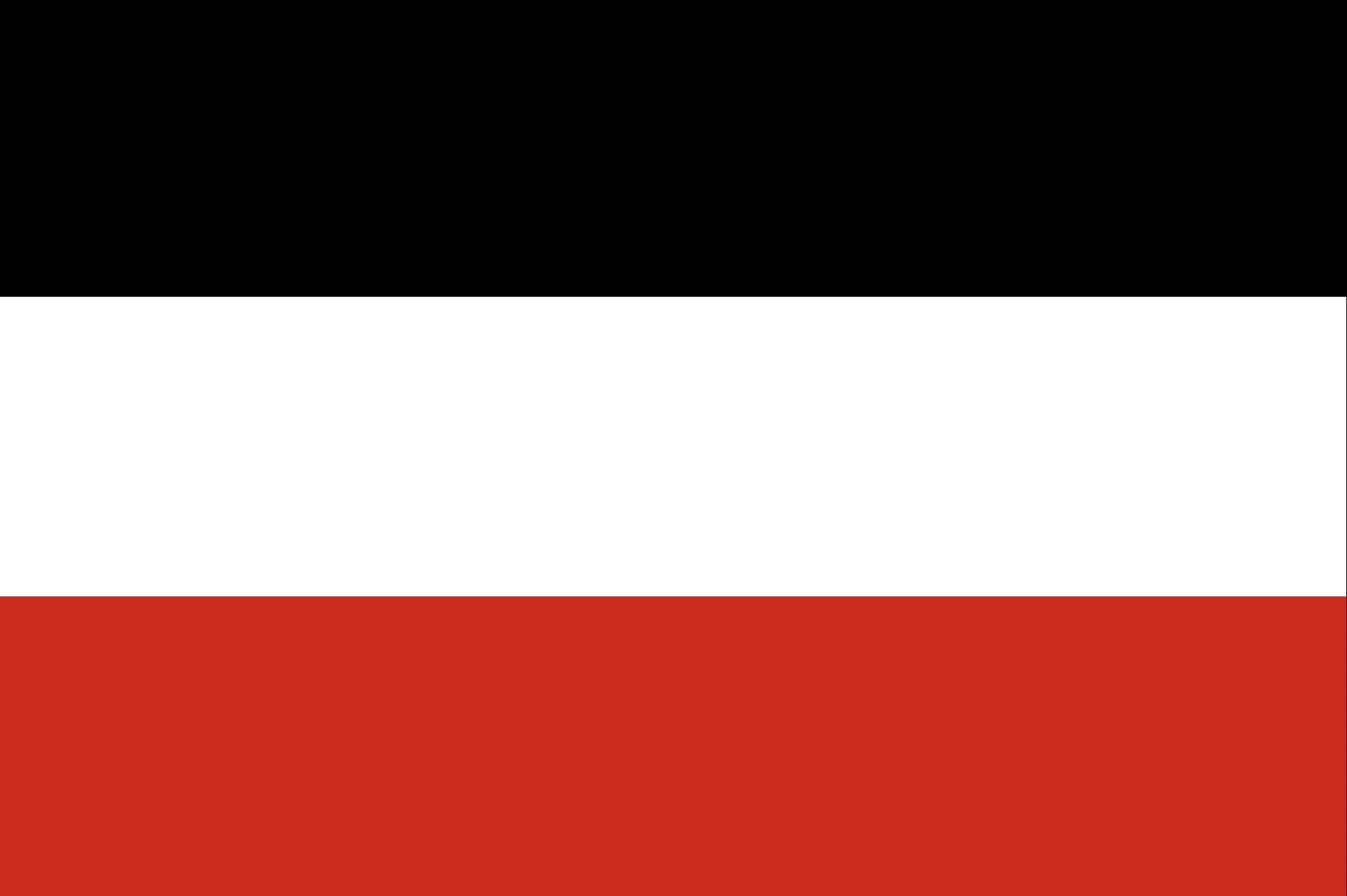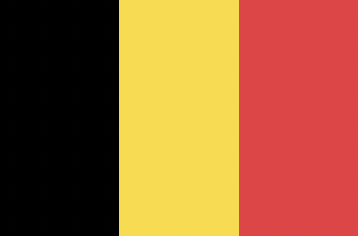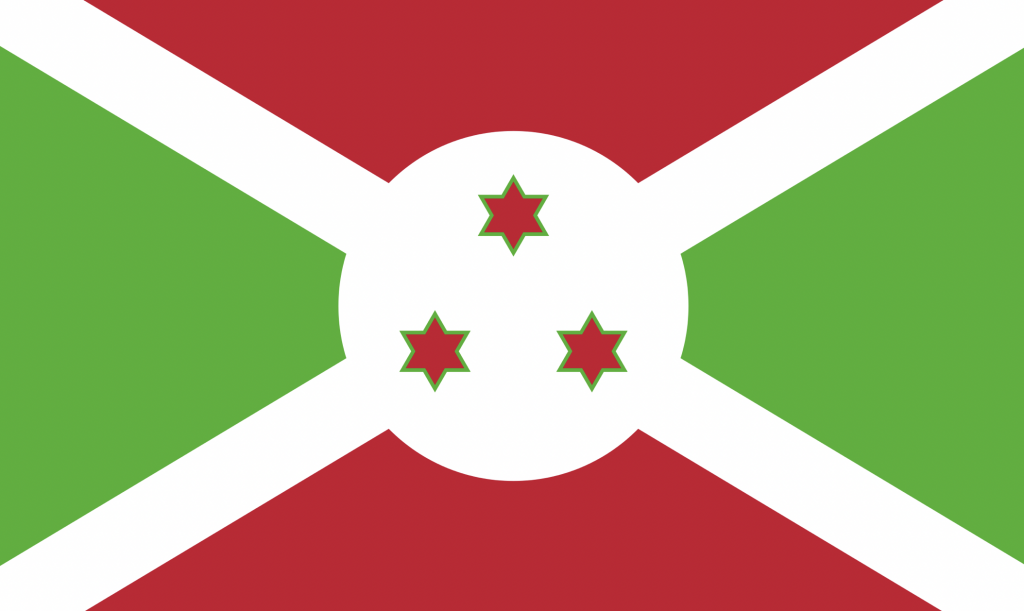The flag of Burundi has maintained a similar core design since gaining independence from Belgium in July 1962, with the current version in use since 1967. Reflecting the nation’s aspirations and values, it holds significant cultural and historical meaning.
Embodying a complex history, cultural identity, and dedication to peace after years of conflict, the Burundi flag uses colours and symbols that resonate with both Burundian heritage and broader African unity. The design uses Pan-African colours and other meaningful imagery to convey these values.
This is how the nation’s modern flag came into existence, which designs were used previously, and what this says about Burundi and its people.
How the Burundi Flag Came to Be
Burundi’s history shares many parallels with that of neighbouring Rwanda. Both nations were historically ruled as kingdoms and were populated by the same ethnic groups within relatively homogeneous societies.
From the 15th century until 1966, Burundi was a kingdom controlled by the Mwami. However, between 1897 and 1962 it was controlled as a protectorate by European powers; the Germans until 1919 and then from Belgium until independence.
The Kingdom of Burundi didn’t have its own flag. However, while under German and Belgian control, it used the national flags of those respective countries.


During European colonial rule, ethnic tensions were deepened as colonial powers used the monarchy to consolidate their rule. This led to the Hutu majority feeling sidelined, causing divisions which led to decades of ethnic violence. In this way, the conflicts between Burundi’s main groups reflect those seen in neighbouring Rwanda.
After independence, Burundi adopted a flag that closely resembled the current one, but with minor modifications over the years to fine-tune its symbols and colours. The first flag, for instance, included more stars and slightly different hues, symbolizing both a break from colonial influence and a celebration of newfound autonomy.
The current flag of Burundi was introduced in 1967. Like in many African nations, Burundi sought an emblem that would unify its people and represent its distinct national identity. It emphasizes Burundi’s hope for peace, strength, and unity after a challenging history.
Symbolism of the Current Flag of Burundi
The flag’s most bold feature is its large white saltire cross, which divides the banner into four triangular sections. This cross symbolizes peace, an aspiration especially poignant given Burundi’s history of ethnic conflict and political unrest. White is also the international colour of peace, which further emphasizes this ideal and aspiration.

At the centre of the cross are three red, six-pointed stars, features which are not coincidental. These stars represent the values of “Unity, Work, and Progress,” the motto of Burundi, which guides its national aspirations.
They also represent Burundi’s three main ethnic groups — Hutu, Tutsi, and Twa —symbolizing an ideal of equal representation and harmony among all groups. This approach to recognizing ethnic groups differs from Rwanda, where the government actively promotes a unified national identity over ethnic distinctions. The stars are set against a circular white backdrop, further emphasizing the theme of peace and unity that the flag embodies.
With the flag being divided into four, two of these triangles are red while the other two are green. The red colour honours the sacrifices made in the fight for independence from colonial rule, recognizing the resilience and bravery of those who sought autonomy from Belgium in 1962.
Green reflects Burundi’s commitment to progress, prosperity, and the potential for development. In a country where sustenance agriculture remains a central part of most people’s lives, green also represents the fertile lands of Burundi and the role they play in the country’s economy and way of life.

This combination of colours on the Burundi flag draws inspiration from both African and Burundian heritage. The green and red are traditional Pan-African colours, with their use on the flag linking the nation to the rest of the continent.
In short, the flag of Burundi is a testament to the country’s commitment to building a peaceful, unified, and prosperous future. Its design reflects Burundi’s vision: a resilient nation that recognizes its history while aspiring for a state built on peace and prosperity.
How can I see Burundi’s Flag for Myself?
Thankfully, we know Burundi pretty well, so we can help you to join one of our group tours or plan your dream African vacation!
We run our East Africa Combo, which takes in Burundi alongside DR Congo, Rwanda, and Uganda. This allows you to see this stunning country in the context of its neighbouring states.

However, would you like a more personalized experience? No worries! We will help you to organize the private tour of your dreams, including the key sites as well as tailoring any itinerary for your specific wants and interests.
Either way, check out our Burundi Landing Page or else send us an email with any questions you may have. We hope to see you in Burundi soon!





